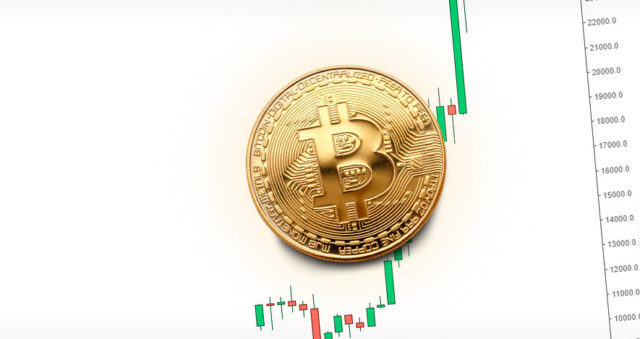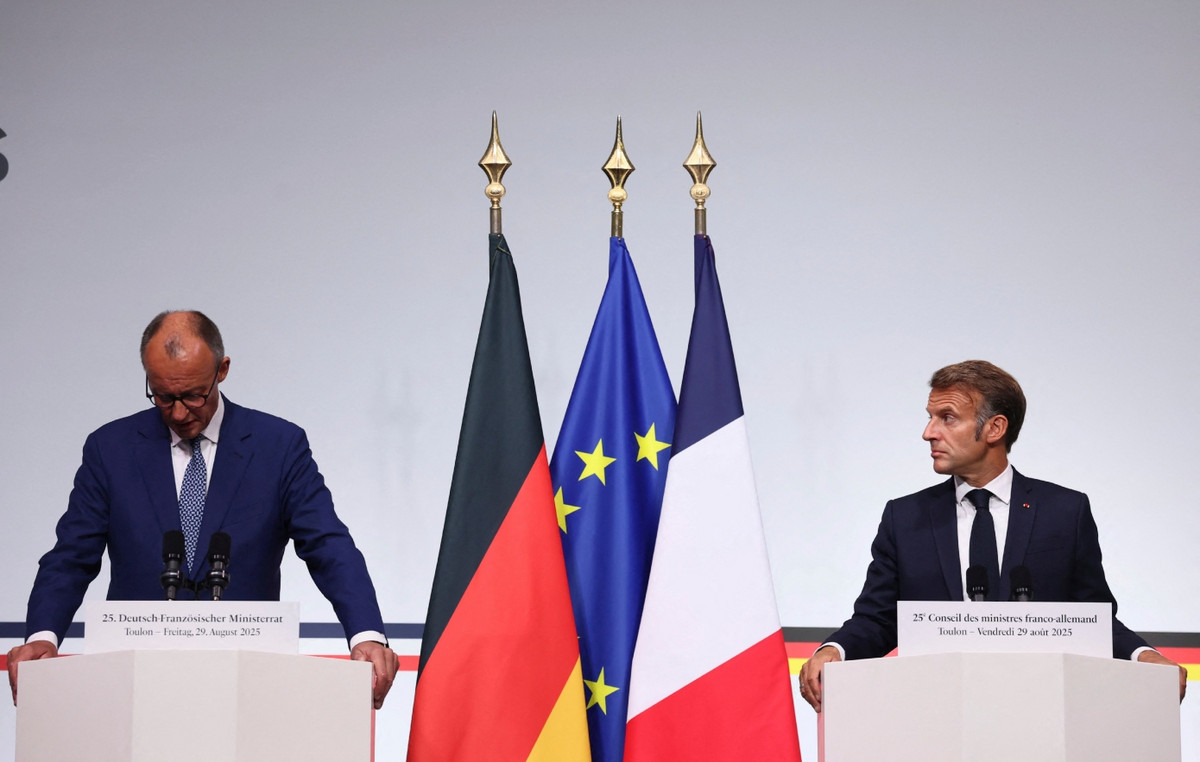- EUR/CAD maintains losses after the publication of Japan’s key economic data.
- The Tokyo consumer price index rose 3.1% year -on -year in June compared to the 3.4% increase in May.
- The Vice President of the ECB, Luis de Guindos, said that the role of the euro could grow if the EU advances with key reforms.
The EUR/JPY remains moderate per second consecutive session, quoting around 168.90 during Friday’s Asian hours. The crossing of currencies maintains few losses after the publication of the consumer price index (CPI) of Tokyo.
The Japan Statistics Office showed that the Tokyo Consumer Price Index (CPI) rose 3.1% year -on -year compared to 3.4% of the previous month. In addition, the Tokyo CPI excluding fresh foods rose 3.1% year -on -year compared to 3.3% expected and fell from 3.6% in the previous month. Tokyo’s CPI excluding fresh food and energy increased by 3.1% year -on -year in June, compared to the previous reading of 3.3%.
Japan’s retail trade increased by 2.2% year -on -year in May, being below the increased increase of 3.5% in April and market expectations of a growth of 2.7%. This marked the 38th consecutive month of growth in retail sales, although it was the slowest increase since February. Meanwhile, Japan’s unemployment rate remained constant in 2.5% in May for the third consecutive month, as expected.
The vice president of the European Central Bank (ECB), Luis de Guindos, said Thursday: “The role of the euro can expand if the European Union (EU) advances with reforms.” “The markets are surprisingly calm in recent days given geopolitical events,” he added.
Meanwhile, the head economist of the ECB, Philip Lane, said that “our monetary policy will have to take into account not only the most likely path (the baseline) but also the risks to activity and inflation,” according to Reuters.
Euro price today
The lower table shows the percentage of euro change (EUR) compared to the main currencies today. Euro was the strongest currency in front of the Swiss Franco.
| USD | EUR | GBP | JPY | CAD | Aud | NZD | CHF | |
|---|---|---|---|---|---|---|---|---|
| USD | -0.04% | -0.10% | -0.06% | -0.05% | -0.15% | -0.18% | 0.07% | |
| EUR | 0.04% | -0.11% | -0.05% | -0.03% | -0.14% | -0.28% | 0.04% | |
| GBP | 0.10% | 0.11% | 0.08% | 0.05% | -0.03% | -0.12% | 0.25% | |
| JPY | 0.06% | 0.05% | -0.08% | -0.00% | -0.10% | -0.29% | 0.19% | |
| CAD | 0.05% | 0.03% | -0.05% | 0.00% | -0.07% | -0.25% | 0.16% | |
| Aud | 0.15% | 0.14% | 0.03% | 0.10% | 0.07% | -0.14% | 0.27% | |
| NZD | 0.18% | 0.28% | 0.12% | 0.29% | 0.25% | 0.14% | 0.41% | |
| CHF | -0.07% | -0.04% | -0.25% | -0.19% | -0.16% | -0.27% | -0.41% |
The heat map shows the percentage changes of the main currencies. The base currency is selected from the left column, while the contribution currency is selected in the upper row. For example, if you choose the euro of the left column and move along the horizontal line to the US dollar, the percentage change shown in the box will represent the EUR (base)/USD (quotation).
Source: Fx Street
I am Joshua Winder, a senior-level journalist and editor at World Stock Market. I specialize in covering news related to the stock market and economic trends. With more than 8 years of experience in this field, I have become an expert in financial reporting.







